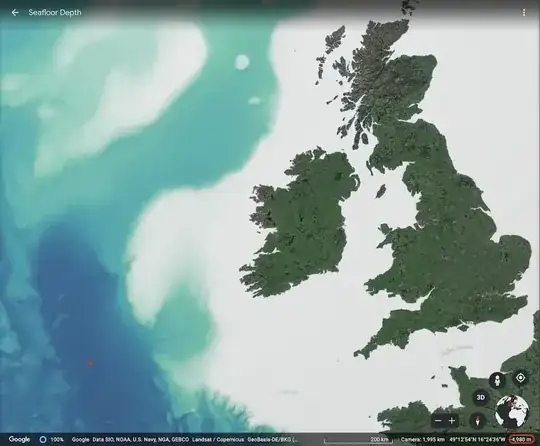Well, nobody has tested really, really big nuclear bombs underwater. But we do have some underwater tests we can look at.
In 1946, the US tested a 21 kt bomb underwater in Operation Crossroads. You can watch the unclassified detonation. Another source describes the detonation as follows:
When Helen of Bikini exploded, it created a giant, underwater bubble of hot gas. In seconds, the bubble hit the seafloor, where it blasted a crater 30 feet deep and at least 1,800 feet wide. At the same time, the surface of lagoon erupted into a giant column of water, two million tons of it, which shot more than 5,000 feet into the air, over an area a half-mile wide. In the seconds after the blast hit the surface, a cloud of radioactive condensation unfurled across the lagoon, hiding the column of water shooting upwards. At the top, a mushroom cloud of gas bloomed against the sky.
Several other tests have been conducted, including deep water detonations in Operation Hardtack.
What's notable is that there's not really a big tsunami - most of the water just got vaporized, it didn't get displaced. This is different from an earthquake, which does not vaporize water at all. It seems likely (although not certain without more exact details about the Russian device and comparable testing) that the main risk would be radioactive contamination, which is apparently quite extensive from underwater detonations.
